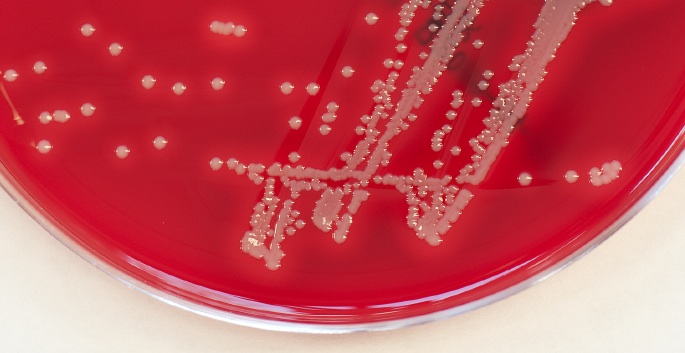NICHD
-

NSAIDs, genetics and miscarriage
A certain genetic variant, in combination with the use of anti-inflammatory drugs like aspirin and ibuprofen during early pregnancy, may protect women from miscarriage. Read MoreSep 20, 2017
-

NOTCH1 role in heart development
The identification of a genetic culprit for hypoplastic left heart syndrome could lead to new treatments for the condition. Read MoreJul 3, 2017
-

Mutation raises heart block risk
A newly identified genetic risk factor for heart block after surgery may help guide the course of postoperative care. Read MoreMar 3, 2017
-

A target to heal tiny lungs
The protein beta-catenin may be a good target for therapies to treat lung disease that is a common complication of preterm birth. Read MoreFeb 23, 2017
-

Saliva test for obesity risk
“Epigenetic signatures” in DNA may present an opportunity for prevention of or early intervention in childhood obesity. Read MoreJan 24, 2017
-

Single-cell analysis of solid tumors
A new method will make it possible to study solid tumors and healthy tissues using mass cytometry. Read MoreDec 12, 2016
-

Growth hormone for Prader-Willi
Children with Prader-Willi Syndrome who received growth hormone treatment had cognitive advantages compared to untreated patients. Read MoreAug 25, 2016
-

It takes two to tango: beta cell development
Defining the genes required for the function of insulin-producing beta cells is crucial for ongoing efforts to develop a cell-based therapy for diabetes. Read MoreJun 23, 2016
-

Therapies to prevent preterm birth
Vanderbilt researchers have developed a high-throughput assay that will aid in identifying new compounds to treat preterm labor or postpartum bleeding. Read MoreFeb 9, 2016
-

Preventing early pregnancy complications
The enzyme alkaline phosphatase may provide a new therapeutic option for women at high risk of pregnancy complications due to bacterial toxin exposure. Read MoreMay 20, 2015
-

Staph ‘gangs’ share nutrients during infection: study
Antibiotic-resistant bacteria can share resources to cause chronic infections, Vanderbilt investigators have discovered. The findings shed light on a long-standing question in infectious diseases and may inform new treatment strategies. Read MoreOct 16, 2014
-

Antibiotics, fetal vessel defect linked
Certain antibiotics increase the risk of a congenital heart disorder called patency of the ductus arteriosis. Read MoreOct 15, 2014
-

Antioxidants promising for rare disorder
The antioxidant vitamin E prevented the buildup of toxic products in a model of a rare genetic disorder, suggesting new strategies for therapeutic development. Read MoreFeb 6, 2014
-

Pregnancy promoter and protector
Alkaline phosphatase enzymes appear to play roles in promoting pregnancy and in protecting the uterus from bacterial infection. Read MoreAug 23, 2013
-

Oxidative stress in autism
A biomarker for oxidative stress is elevated in patients with both autism spectrum disorder and gastrointestinal dysfunction, suggesting opportunities for individualized approaches to clinical care. Read MoreAug 14, 2013
-

Antacids: risky for premature babies
Antacids that block a certain enzyme pose a risk for a common cardiac problem in premature infants. Read MoreJun 12, 2013
-

Factor reduces virus-related asthma attacks
An immune system factor associated with severe asthma may actually reduce asthma attacks induced by viral infections. Read MoreApr 26, 2013
-

Fingers and toes: joint forming factor
The gene Has2 participates in signaling that is important in developing fingers and toes, and may have relevance for cancer development. Read MoreApr 1, 2013
-

Gene ‘dose’ may be key to autism
Individuals with overexpression of the gene MECP2 have core features of autism spectrum disorder. Read MoreMar 4, 2013
-

Target for inflammatory bowel disease
The factor STAT6 appears to play a role in the pathogenesis of an inflammatory bowel disease, suggesting it may be a promising target for new treatments. Read MoreMar 1, 2013